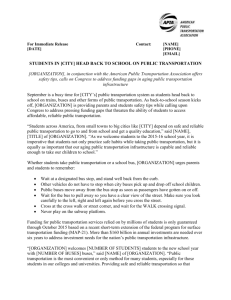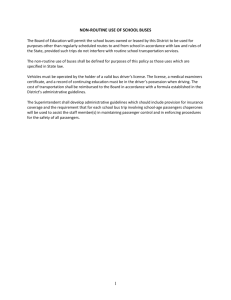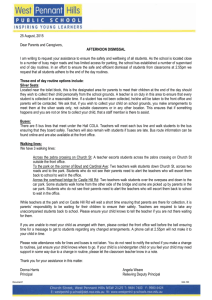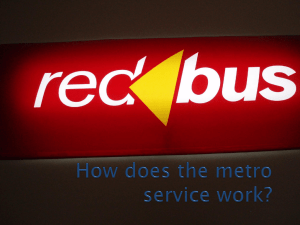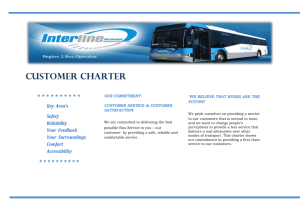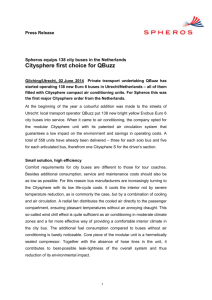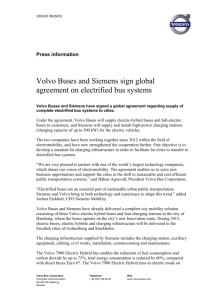Title of project
advertisement
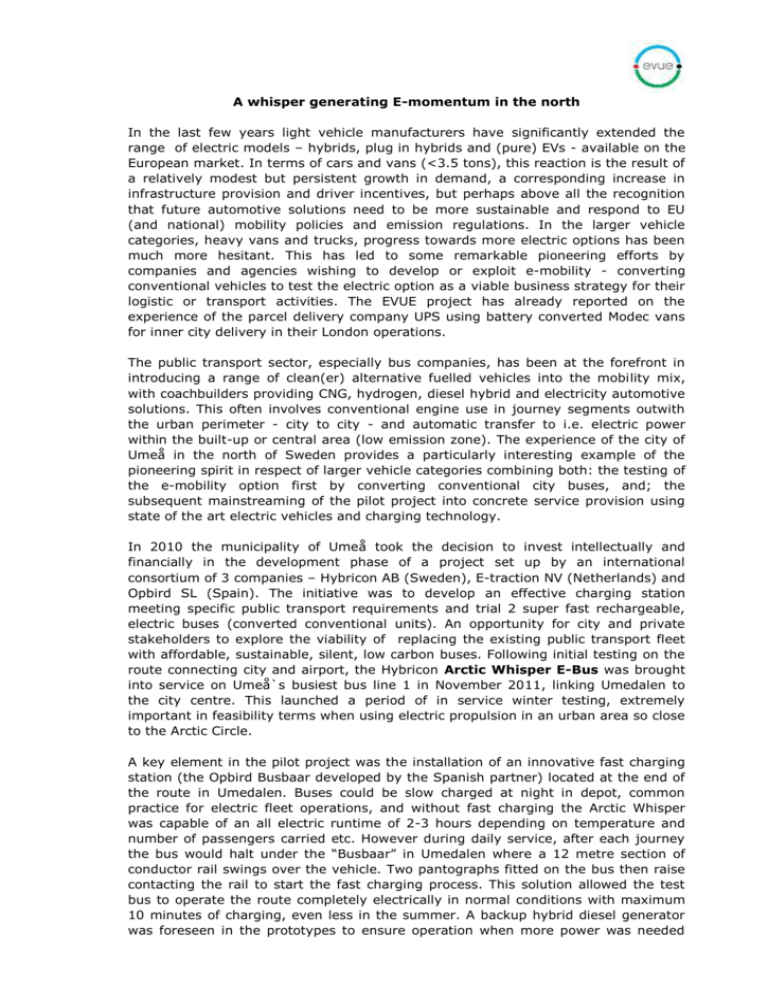
A whisper generating E-momentum in the north In the last few years light vehicle manufacturers have significantly extended the range of electric models – hybrids, plug in hybrids and (pure) EVs - available on the European market. In terms of cars and vans (<3.5 tons), this reaction is the result of a relatively modest but persistent growth in demand, a corresponding increase in infrastructure provision and driver incentives, but perhaps above all the recognition that future automotive solutions need to be more sustainable and respond to EU (and national) mobility policies and emission regulations. In the larger vehicle categories, heavy vans and trucks, progress towards more electric options has been much more hesitant. This has led to some remarkable pioneering efforts by companies and agencies wishing to develop or exploit e-mobility - converting conventional vehicles to test the electric option as a viable business strategy for their logistic or transport activities. The EVUE project has already reported on the experience of the parcel delivery company UPS using battery converted Modec vans for inner city delivery in their London operations. The public transport sector, especially bus companies, has been at the forefront in introducing a range of clean(er) alternative fuelled vehicles into the mobility mix, with coachbuilders providing CNG, hydrogen, diesel hybrid and electricity automotive solutions. This often involves conventional engine use in journey segments outwith the urban perimeter - city to city - and automatic transfer to i.e. electric power within the built-up or central area (low emission zone). The experience of the city of Umeå in the north of Sweden provides a particularly interesting example of the pioneering spirit in respect of larger vehicle categories combining both: the testing of the e-mobility option first by converting conventional city buses, and; the subsequent mainstreaming of the pilot project into concrete service provision using state of the art electric vehicles and charging technology. In 2010 the municipality of Umeå took the decision to invest intellectually and financially in the development phase of a project set up by an international consortium of 3 companies – Hybricon AB (Sweden), E-traction NV (Netherlands) and Opbird SL (Spain). The initiative was to develop an effective charging station meeting specific public transport requirements and trial 2 super fast rechargeable, electric buses (converted conventional units). An opportunity for city and private stakeholders to explore the viability of replacing the existing public transport fleet with affordable, sustainable, silent, low carbon buses. Following initial testing on the route connecting city and airport, the Hybricon Arctic Whisper E-Bus was brought into service on Umeå`s busiest bus line 1 in November 2011, linking Umedalen to the city centre. This launched a period of in service winter testing, extremely important in feasibility terms when using electric propulsion in an urban area so close to the Arctic Circle. A key element in the pilot project was the installation of an innovative fast charging station (the Opbird Busbaar developed by the Spanish partner) located at the end of the route in Umedalen. Buses could be slow charged at night in depot, common practice for electric fleet operations, and without fast charging the Arctic Whisper was capable of an all electric runtime of 2-3 hours depending on temperature and number of passengers carried etc. However during daily service, after each journey the bus would halt under the “Busbaar” in Umedalen where a 12 metre section of conductor rail swings over the vehicle. Two pantographs fitted on the bus then raise contacting the rail to start the fast charging process. This solution allowed the test bus to operate the route completely electrically in normal conditions with maximum 10 minutes of charging, even less in the summer. A backup hybrid diesel generator was foreseen in the prototypes to ensure operation when more power was needed for example in conditions of extreme cold temperatures or heavy passenger load. However this was rarely found to be necessary thanks to a very good energy use per km, derived from the efficiency of E-traction wheel mounted motors and the capacity of the vehicles for brake energy regeneration. In 2011 the calculation was made that the e-mobility option represented a significantly lower operating cost than conventional bus types, estimated at 15 SEK as opposed to 55 SEK for 10km of travel. The positive results have encouraged the Hybricon company to develop 2 buses for the commercial market: the HAW 12LE a fully electric 12 metre long low entry city bus, and; the HAW 18LE articulated 18 metre, 4 wheel drive model. These buses achieve an hour of driving and heating based on a 5 minute ultra fast charging stop. The HAW also collect data via a telemetric in-bus system, where parameters (200 in total) ranging from battery condition to passenger compartment conditions can be remotely and continuously monitored. For the city, the advantages of no harmful emissions, no fossil fuel burning or CO2 emission (electricity generation in Sweden is essentially carbon free derived from hydro or wind resources), and minimum noise represent an important component to advance its action plan for air quality and sustainable development. Local climatic conditions often produce temperature inversions in winter and in cooperation with the Swedish government the city has developed a plan to counter air pollution including the use of mobility management measures and the diversion of major connecting, through traffic routes away from the city centre. This is a key facet of the city`s integrated environmental strategy which saw Umeå shortlisted as one of the 5 finalists for the label of European Green Capital 2016. In May of this year (2014) the city ordered a 65% transformation of the local public transport fleet (33 out of a total 51 buses), to operate fully electric services covering all main lines in the city within the next 5 years. The process from 2011 characterises a concrete project solution which was awarded the Swedish Future Transport Award. It links in very well with the kind of measures being explored by the EU ZeEUS project, an EVUE/FREVUE partner in the European Electromobility Stakeholder Forum, and may present valuable experience for the EVUE city Suceava planning to develop an electric bus network with Swiss cooperation from 2015 onwards. Philip Stein Lead Expert EVUE II – July 2014 http://umea.se/download/18.3f589399144bbe9c366a2e0/1396538844671/Ume%C3 %A5%2BCity%2Bintroduction%2Band%2Bcontext.pdf http://hybricon.se/word/projects/buses/ 2 URBACT is a European exchange and learning programme promoting sustainable urban development. It enables cities to work together to develop solutions to major urban challenges, reaffirming the key role they play in facing increasingly complex societal challenges. It helps them to develop pragmatic solutions that are new and sustainable, and that integrate economic, social and environmental dimensions. It enables cities to share good practices and lessons learned with all professionals involved in urban policy throughout Europe. URBACT is 181 cities, 29 countries, and 5,000 active participants www.urbact.eu
